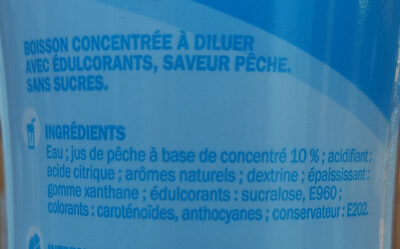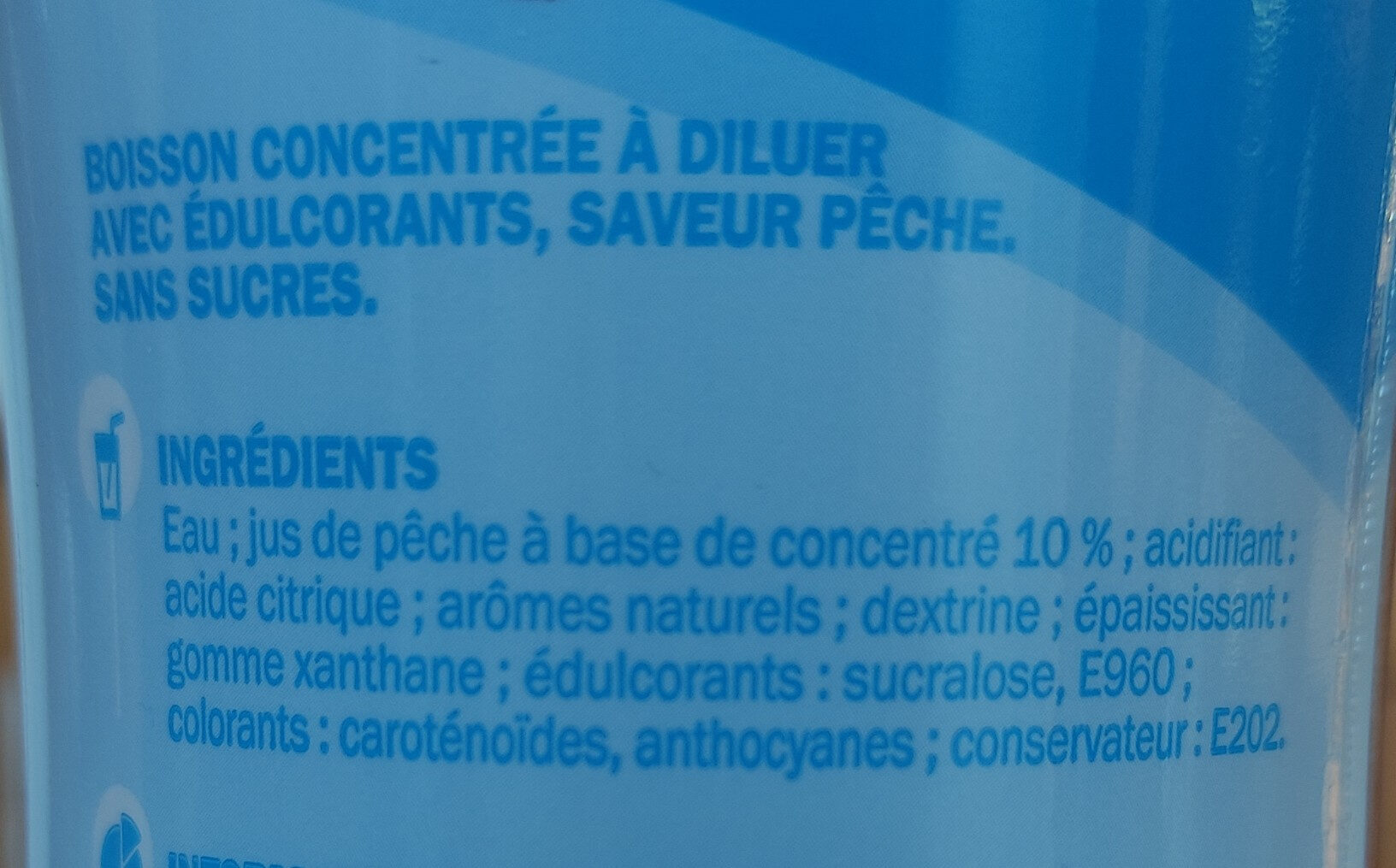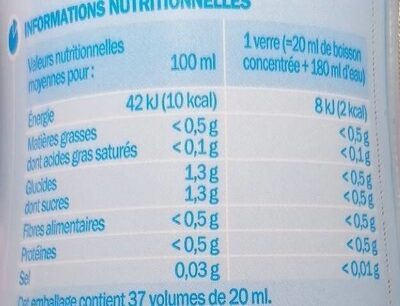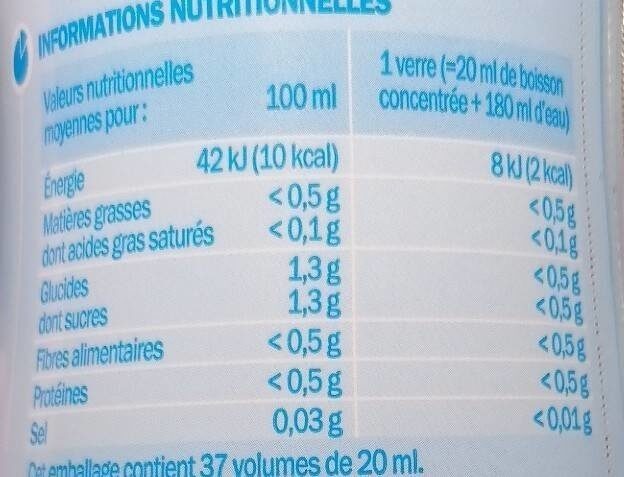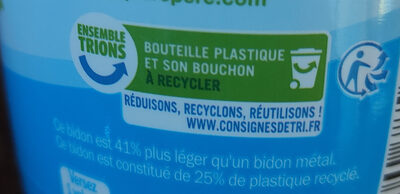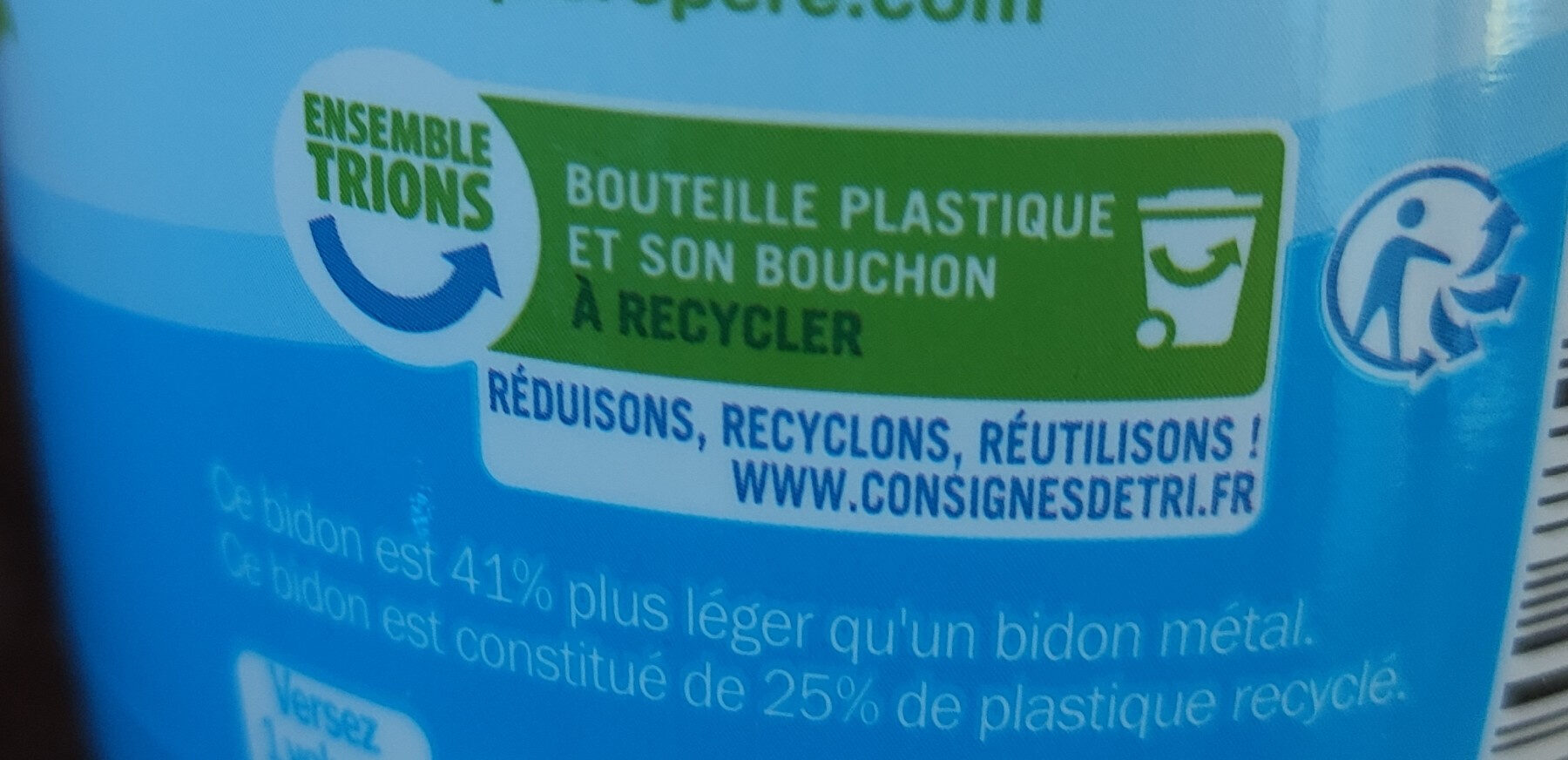Frucci Zéro Sucres Pêche - 75 cl
This product page is not complete. You can help to complete it by editing it and adding more data from the photos we have, or by taking more photos using the app for Android or iPhone/iPad. Thank you!
×
Some of the data for this product has been provided directly by the manufacturer Scamark.
Barcode: 3564700785652 (EAN / EAN-13)
Quantity: 75 cl
Packaging: fr:Bouteille en plastique
Brands: Frucci, Marque Repère
Categories: Beverages, Syrups, Artificially sweetened beverages, Unsweetened beverages, Flavoured syrups, Peach syrups, Sugar-free flavoured syrups
Labels, certifications, awards: Contains a source of phenylalanine
Traceability code: EMB 73179 - Motte-Servolex (Savoie, France)
Stores: Leclerc
Countries where sold: France
Matching with your preferences
Other information
Preparation: 1) Versez 1 volume de boisson concentrée 2) Diluez dans 7 volumes d'eau.
Report a problem
Data sources
Product added on by kiliweb
Last edit of product page on by sebleouf.
Product page also edited by anto3347, desan, ecoscore-impact-estimator, openfoodfacts-contributors, org-scamark, quechoisir, roboto-app, scamark, segundo, solveig-yuka, teolemon, yuka.Ma1AOce0O50rHsGMjq8S9maYFsfJE-RrMlExog, yuka.sY2b0xO6T85zoF3NwEKvll5YfNX7hTvqLQXug2Cv6u-pDJrkePZV65HiAas.


